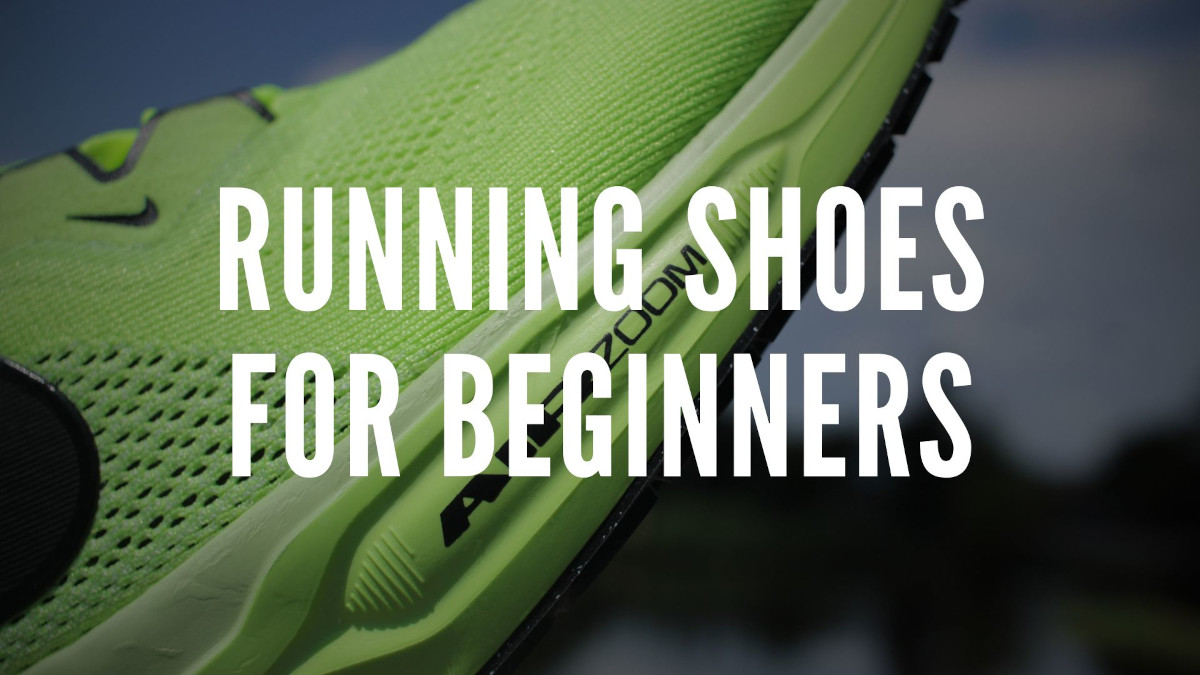Each of us experiences the pronation mechanism. Pronation is an essential part of the natural shock absorption of the foot, whether we like it or not. Pronation is particularly common among physically active people. The situation becomes more complex when pronation is excessive, which is when the ankle starts to become valgus. This is called overpronation.
What is Foot Pronation?
Pronation is nothing more than an inward rotation. When we talk about pronation in the context of runners, it usually refers to foot pronation. However, just like the foot, other parts of our limbs (upper and lower) also pronate. Pronation is therefore a completely natural movement for our body.
In the case of the foot, pronation means the movement (rotation) of the foot in the ankle joint inwards. This movement occurs when the foot rolls from the heel to the toes. Ideally, the movement of the foot when walking and running is such that the outer edge of the heel makes first contact with the ground. The next points of contact are the heads of the fifth and first metatarsal bones. Then, when we shift our weight to that particular limb, the arch of the foot flexes and the ankle moves inward. When we lift our foot off the ground and shift our weight to the other leg, the opposite movement occurs and the foot returns to its original shape. It is this bending movement of the foot that provides the cushioning effect.
Overpronation
The problem appears when we talk about overpronation, which is when the foot rolls inwards too much at the ankle joint. As a result, the feet do not roll optimally through the center, but more on the inner side. This is also associated with the heel bone being in a valgus position, which is often visible to the naked eye. Overpronation can lead to overload, injury and general health problems. Stabilizing shoes have been developed for people with this problem to correct this abnormality.
These shoes usually have a harder material on the medial side of the shoe, making it harder and less flexible. They limit the inward movement of the ankle joint and counteract the inward rolling of the ankle to some extent.

Supination
The opposite of pronation is supination, i.e. external rotation. This occurs when there is insufficient movement in the ankle joint and the ankle tilts outwards. In supination, the heel bone assumes a varus position. Knee varus is often associated with this. In the case of supination, the foot rolls over the outer edge instead of the center.
There is no special shoe category for the supinated foot. People with supinated feet wear the same shoes as people with neutral feet. That means shoes without medial stabilizers in their construction. The shoes should be symmetrical, which means that the midsole has the same construction on both sides and that there are no rigid stabilizers on the medial side.

You Can Check This with a Physiotherapist
I have no doubt that the best way to determine the degree of pronation of the foot is to visit a physiotherapist. Preferably one who has already treated many runners. Why? The answer is simple – knowledge and experience.
A physiotherapist knows the biomechanics of the human foot best. They have it in their little finger and don’t just look at your feet. They look at you more broadly. Because what looks like an overpronating foot may not be. Maybe it’s a matter of poor alignment of the knees, pelvis, etc. A physiotherapist will tell you more than just “you have a pronating foot”. A physiotherapist will dissect your biomechanics down to the smallest detail, assess the whole, identify weak points and suggest possible remedies. And they will do it best. Period.
There are two drawbacks to this solution: money and availability. The first is because a visit to a physiotherapist costs (more or less) money and hardly anyone who wants to start running starts their adventure with a consultation with a physiotherapist. I didn’t start either. But if you have the opportunity to have a physiotherapist look at you from this angle (at any stage of your running adventure), do it. This will give you much more than an examination of your foot carried out in a professional running shop.
Secondly, not everyone will have the opportunity to take advantage of a physiotherapist’s examination. Such examinations are not carried out everywhere and unless you live in a big city, you will probably have to travel to get one. In small towns, there are simply not enough people or examinations available.

You Can Check This in a Professional Running Shop
A foot examination and determination of the degree of pronation of the foot can also be done in professional running shops. This way, you have the opportunity to determine your foot type and immediately choose the right shoes in one place.
There are different examination methods. Often, it involves running on a treadmill while a camera records how the feet position themselves while running. The image can later be played back, slowed down and observed frame by frame. This is called video analysis. The same can also be done without using a treadmill. In this case, the shop assistant’s eyes are the camera. It observes the ankles, feet, knees… All methods boil down to the same thing: to assess how much the foot pronates.
Much here (as everywhere) depends on the human factor. Because no matter what method is used, it is almost always the human being who makes the final interpretation. At the same time, we should remember that shop employees, although they may have a lot of knowledge, usually do not have medical knowledge. With few exceptions, they are not physiotherapy specialists or experts in the biomechanics of the human foot. In most situations, they are able to make an accurate assessment, but in some cases they can make a mistake.

You Can Do It Yourself
The most difficult part is to determine the type of foot on your own. In the case of self-assessment, we can usually only use the wet foot test. It consists of pressing a wet bare foot on any surface where water will leave a mark. Then, depending on the appearance of the footprint, we can roughly determine our foot type.
The biggest disadvantage of this test is the fact that the wet foot test only determines the arch of the foot. This test says little or nothing about how the foot behaves and how the ankle works. The height of the arch influences the degree of pronation of the foot, but not always. Most often, people with a narrow footprint, i.e. a high arch, will be supinators. On the other hand, people with a wide footprint, i.e. a low arch, will be pronators. This is often the case, but not always, so drawing definitive conclusions based solely on the footprint is a big generalization.
An example would be a person with both severe longitudinal and transverse flat feet. In everyday language, this person is said to have “flat feet”, but when moving, their ankle does not tilt excessively inwards. In this situation, we talk about a neutral degree of pronation, and such a runner does not need shoes with overpronation stabilization. Relying solely on the wet foot test, which suggests pronation, could lead her to choose the wrong shoes.

And If You Have Any Doubts…
What should you do if you can’t visit a physiotherapist or a professional running shop? What if you don’t want to make a mistake by following a wet foot test? What if you have any doubts whether you are “already” an overpronator or “still” have neutral feet?
Then neutral shoes are a safer choice. You can do more damage to yourself by running in stabilizing shoes when it is not justified than by running in neutral shoes when you are overpronating and need stabilization. When in doubt, neutral shoes are always the safer choice.




